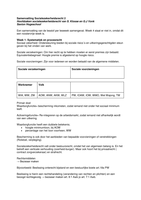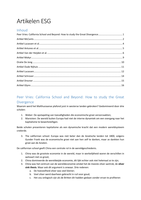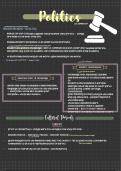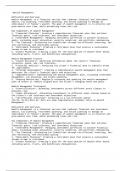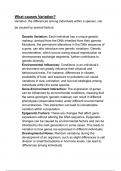Notes de cours
Statistics week 6 tm 10
- Cours
- Établissement
In dit document vind je een samenvatting van alle behandelde stof van week 6 tm 10 voor het vak MCRS, deel statistics. In this document you'll find a summary from all the material we've discussed in week 6 till 10 for the course MCRS, part statistics.
[Montrer plus]




